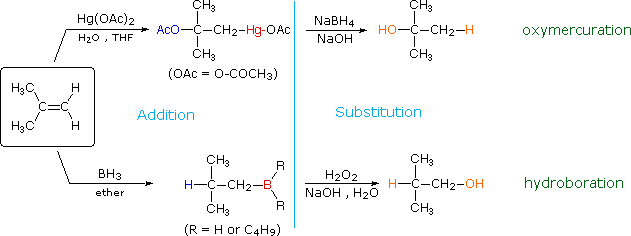As a result there is partial double bond character in the c cl and its bonds strength increases.
Why vinyl chloride is less reactive than ethyl chloride.
Ncert dc pandey sunil batra hc verma pradeep errorless.
Ch3 ch2 is more stable.
Answered by ramandeep 2nd jan 2020 01 27.
Ncert ncert exemplar ncert fingertips errorless vol 1 errorless vol 2.
Ncert p bahadur iit jee previous year narendra awasthi ms chauhan.
There s no such resonance in propylchloride.
Cl can more easily attract the bonded electrons from sp3 carbon and therefore is more reactive.
In vinyl chloride h 2 c hc cl the electron pair on the chlorine atom conjugates with the pi electron pairs of the double bond.
In vinyl chloride cl is linked with sp2 hybridized carbon whereas in allyl chloride cl is linked with the sp3 hybridized carbon as sp2 hybridized carbon is more electronegative then sp3 hybridized cl can more easily attract the bonded electrons from sp3 carbon and therefore is more reactive.
Hence chlorine reacts readily.
Consequently it becomes difficult to cleave c cl bond as compared to the ethyl chloride where no such conjugation is possible.
Why is chlopropyl chloride less reactive than cyclopentyl chloride towards s n 1 reaction.
Therefore vinyl chloride less reactive than ethyl chloride.
On the other hand in ethyl chloride carbon chlorine bond is a single bond only.
In case of ethyl chloride there is only single bond then it is easier to break then vinyl chloride is less reactive then ethyl chloride.
As sp2 hybridized carbon is more electronegative then sp3 hybridized.
Vinyl chloride is less reactive than ethyl chloride towards towards nucleophyllic substituiton because of double bond character and sp2 hybridisation in case of vinyl chloride which results in strengthening of bond and hence nucleophile s attack cannot result in substituiton.
Vinyl chloride is the chloride which is attached to the double bonded carbon so it forms resonace and gets partical double bond and get higest ionization enthalpy where as the ethyl chrolide doesnot have the property of resonance.

